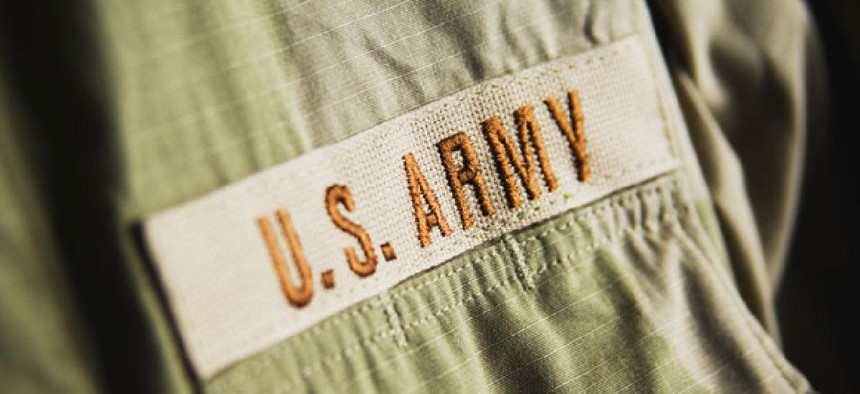
GWImages/Shutterstock.com
Army Squandering Millions on Unreturned Clothing, Equipment
Civilians and contractors cost government at least $20 million over the last six years, report finds.
The Army lost $20 million over the past six years at just two bases from civilians and contractors not returning clothing and equipment, according to a new report.
The Defense Department Inspector General’s Office found the Pentagon has not followed up on a 2010 report calling for stricter oversight of organizational clothing and individual equipment. That report had tasked The Office of the Under Secretary of Defense for Acquisition, Technology and Logistics with developing and implementing a plan to reduce unreturned materials, but it failed to do so, the new audit found.
The acquisition and logistics office was supposed to set up a working group to determine how to eliminate the problem, but instead passed the responsibility on to the Army Materiel Command, the report found. Army officials told the inspector general they were not aware they had been assigned the task.
The IG’s report focused on Fort Benning in Georgia and Camp Atterbury in Indiana from October 2006 to May 2012. Civilians and contractors deploying from these bases received, at a minimum, a duffel bag, body armor, a helmet and a chemical biological mask. Additionally, some received clothing, safety glasses and sleeping bags. Civilians got $5,300 in clothing and equipment on average before deployment, while contractors obtained $3,400 worth.
The central facilities responsible for stocking, issuing, recovering and accounting for the materials at the two bases took some steps to improve clothing and equipment recovery efforts since the 2010 report. The facilities began checking records to ensure civilians and contractors redeploying did not have outstanding equipment -- and if they did, no new equipment was issued until the individual returned the materials or reimbursed the government for their cost. The facility officials also began maintaining contact information for deployed individuals, so the facility could get in touch with them if records showed they had not returned clothing or equipment.
However, the Army still has “limited visibility” of civilians and contractors returning from deployment, meaning they do not know who returns when, the IG said.
The Assistant Secretary of Defense for Logistics and Material Readiness responded to the new report on behalf of OUSD(AT&L), agreeing with the inspector general’s findings. The assistant secretary said corrective actions would include developing better procedures to track individuals provided with clothing and equipment, automating notifications of a contractor’s deployment and recommending that procurement policymakers update contracts to ensure the private companies are responsible for unreturned materials.
(Image via GWImages/Shutterstock.com)







